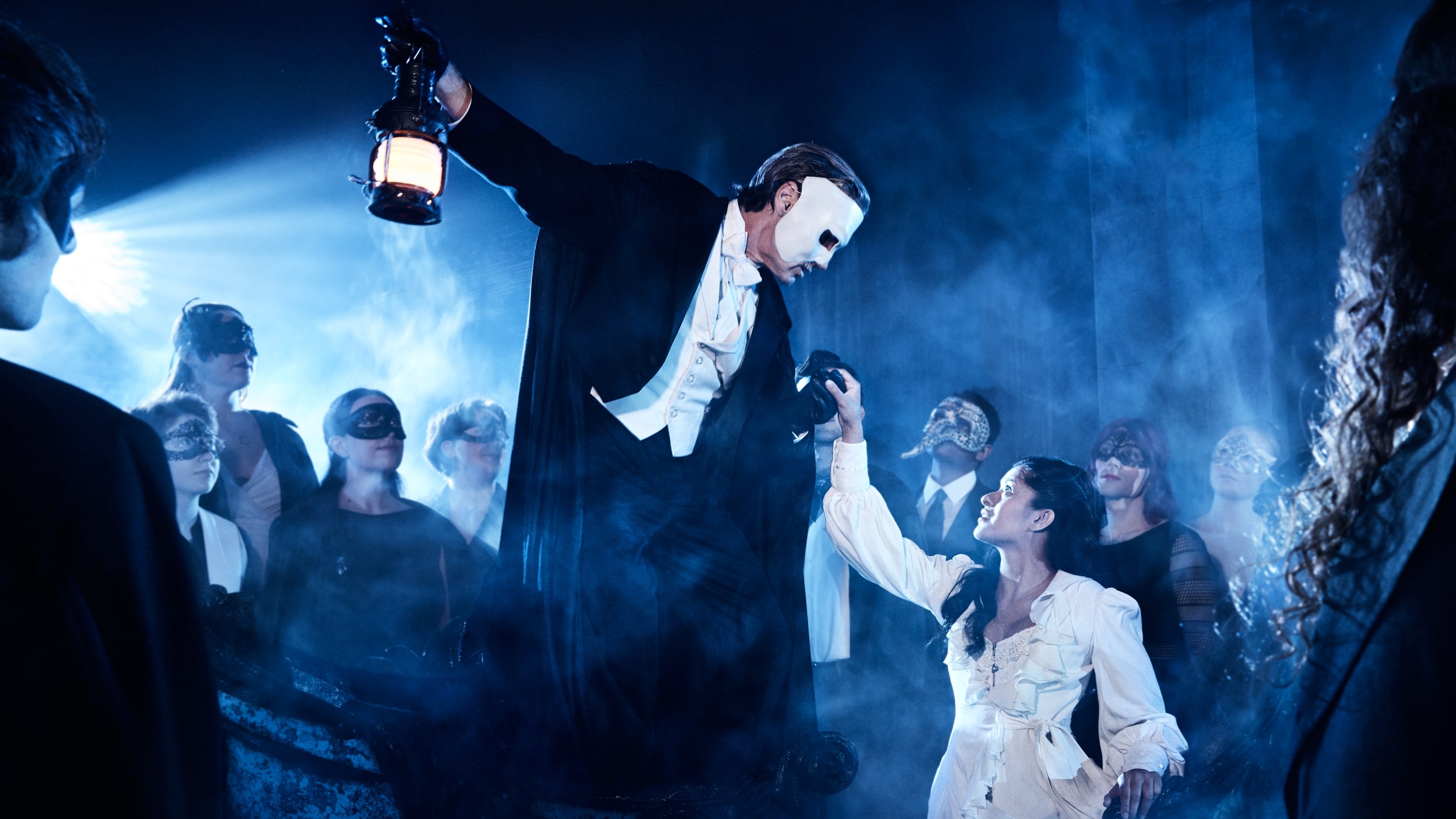
A Unique Immersive Experience
As the masked Phantom wordlessly led an audience member out of the room, a woman broke the silence to ask in a slightly panicked voice, “Where’s he taken my daughter?” This moment encapsulates the mysterious and captivating atmosphere of Masquerade, a meticulously organized piece of theater that offers a fresh take on Andrew Lloyd Webber’s classic, The Phantom of the Opera.
The Setting and Structure
Running through November 30, Masquerade is set within an atmospherically dark and bizarro immersive environment located in a midtown building. Each night, there are six performances, with each group of audience members—referred to as “pulses” by theater staff—moving through the same evocatively designed space. This setting is meant to replicate the musical’s chief location, the Opera Populaire, and ensures that no two groups interfere with one another. The soundproofing also means that audiences won’t hear each other’s performances.
Preparation for the Experience
Attendees are instructed to wear white, black, or silver, as glamorously as possible. Masks are encouraged, though they will be provided if needed. Comfortable shoes are a must, as the experience involves navigating up and down stairs, along gloomy corridors, and into brightly lit and dimly lit rooms. The musical performances are spaced 15 minutes apart, with six different lead actors playing both the Phantom and his love interest, Christine.
Reimagining Traditional Musicals
Following the recent success of Jamie Lloyd’s Tony-winning Sunset Blvd in London and New York, as well as the headline-grabbing Evita in London (which is coming to New York), it seems that Andrew Lloyd Webber is at ease with his traditional musicals being radically reimagined. The Really Useful Company has officially sanctioned Masquerade, showcasing this willingness to innovate while staying true to the source material.
Creative Team and Design
While no single designer or director is credited for Masquerade, the show is the result of a collective effort. The production features a striking and clever design that avoids the common pitfalls of immersive theater—such as being exhausting or tiresome. Instead, it delivers a consistently impressive experience.
Audience Experience
The natural audience for Masquerade includes those who have enjoyed similar immersive experiences like Sleep No More, Life and Trust, and The Great Gatsby. However, the show also appeals to dedicated Phantom fans, who were seen humming and singing along, often with tears signaling a deep personal connection to the musical.
Minimal Audience Interaction
Unlike many other immersive shows, Masquerade features minimal audience interaction and participation. At the start, attendees learn a simple dance under the guidance of narrator Giry. Afterward, they may be asked to perform small actions such as throwing a flower, holding a piece of paper, answering a question, or simply being spoken to. There are no tasks to complete, no need to run around, or chase after different sets of actors. The narrative is straightforward, with clever and additive tweaks to the story, such as introducing a younger version of the Phantom to explain his past.
Visual and Auditory Delights
Masquerade looks and sounds consistently glorious, transporting audiences into an opera house and circus of strange folks, objects, easily-offended divas, luxurious costumes, secret rooms, faded glories, and hidden intrigues. The melodies from Lloyd Webber are sung beautifully by Kaley Ann Voorhees as Christine, Nik Walker as the baleful, lovelorn Phantom, and Nkrumah Gatling as Raoul, who suffers as the third wheel in the love triangle.
Key Moments and Performances
As the twisted and tragic love triangle unfolds, audiences first see the giant chandelier that Phantom fans know well. Then, the story moves backward in time to a traveling circus where the Phantom originated. Fire-eating, a woman putting nails through her cheek, and a young man in a cage are among the sights. Later, the scene shifts to a boudoir where Christine reclines until a dramatic turn of events occurs.
Despite the company’s intense efforts, the focus remains on the central characters—Christine, the Phantom, and Raoul. The real treat lies in the astonishing design and special effects, including people appearing and disappearing before your eyes. The exquisite singing, especially when close to the performers, is a highlight. Nik Walker's powerful rendition of “The Music of the Night” is particularly memorable.
Emotional Impact and Final Moments
Masquerade works because of the company’s commitment to the overwrought melodrama of the original musical, allowing audiences to be swept up in the emotions. One of the most fabulously staged moments occurs on the roof, where Manhattan buildings loom around and sirens wail from the streets below. Christine and Raoul belt their famous duet, “All I Ask of You,” as the furious Phantom watches from a ladder.
Although the story continues from that moment, some narrative threads feel a bit patience-testing. Still, the ending is powerfully staged, with a final, moving piece of audience participation that was somewhat disrupted by one attendee’s exclamation.
Lasting Impression
The true mark of success is that, days later, the melodies from Masquerade remain stuck in the mind, much like the Phantom himself. As earworms, they are as determined to stay as the masked figure who leads audiences through this unforgettable experience.

Post a Comment